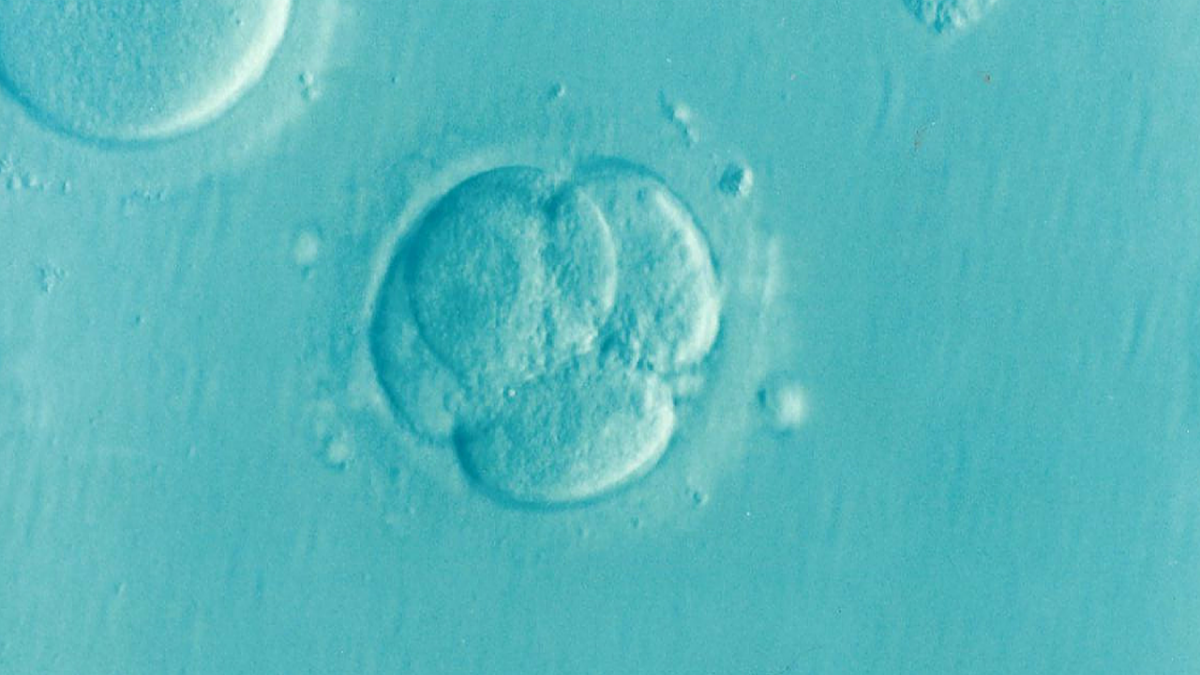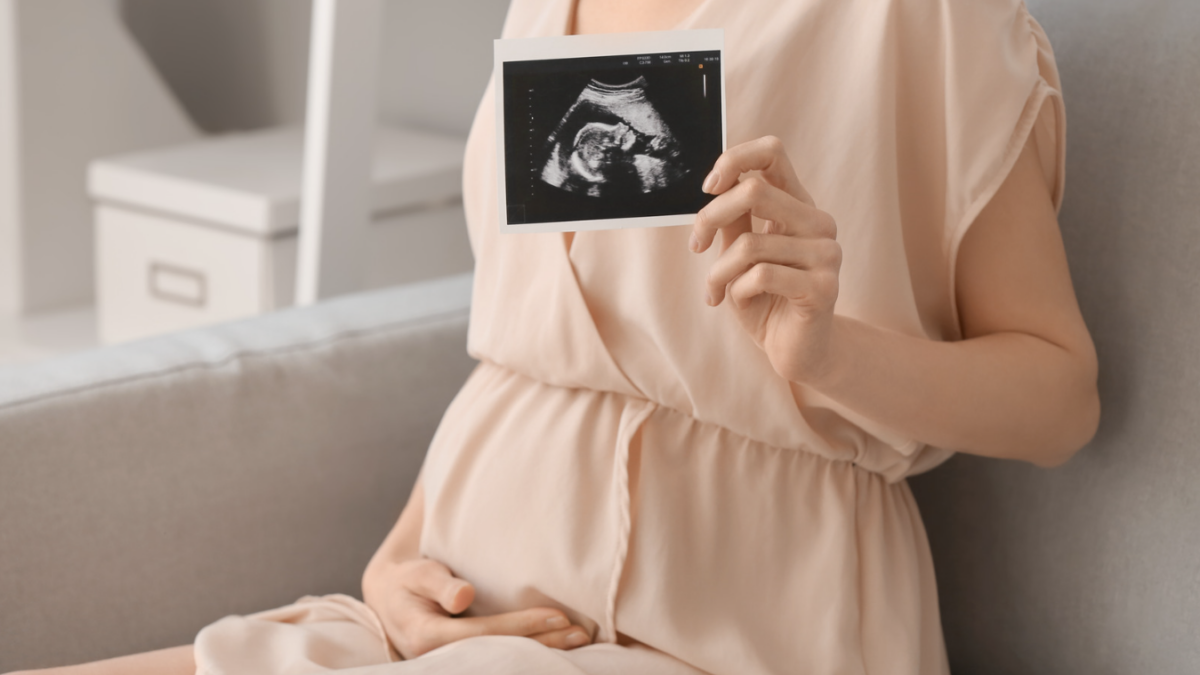Fifty years of Roe have allowed “moderates” on abortion to avoid confronting the inconsistencies in their views. Now that Dobbs has returned the authority to address abortion to the people and their elected representatives, robust debate should reveal the contradictions those in the middle hold that abortion should sometimes be legal, and other times not.
The propagandistic popular press refuses to cover the abortion debate honestly, allowing those advocating for an unrestricted right to abortion to hide behind talking points and sidestep the “extremist” label while branding the pro-life side as extreme. Here’s the discourse our country should be having in a post-Roe America.
The pro-life position is simple and scientific: Human life begins with fertilization. That is when a sperm and an ovum fuse to form a new cell, known scientifically as a zygote.
This new cell differs from other human cells, such as skin cells, because the zygote has unique “human parts (cells, proteins, RNA, DNA),” and because the zygote “has the characteristic molecular composition and behavior of an organism.” Namely, the zygote “acts in an interdependent and coordinated manner to ‘carry on the activities of life.’” In other words, following fertilization, a new “human organism” exists “that is a complete human, rather than a part of a human.”
While pro-lifers may use the terms “unborn baby” or “preborn baby” to elicit a more visual connection to the new human organism that now exists in utero, the more sterile jargon of an embryologist changes nothing: a zygote of human parents is a separate, living human organism, called a zygote because of the developmental stage. When that same human organism ages, other names will be appropriate, such as fetus, newborn, infant, toddler, youth, teen, adolescent, adult, middle-age, and elder.
These scientific facts are undisputed. That may come as a shock to some Americans cocooned away from the abortion debate for decades, but there is no disagreement within the scientific community that a new human life begins at fertilization.
With the science undisputed, then, the debate over abortion concerns the circumstances under which the law should permit or prohibit the intentional killing of a human while in utero.
The abortion-on-demand side of the debate believes that because the human life exists within the woman’s body, the woman has the absolute and sole right to decide whether to end that life.
The pro-life rejoinder is quite simple: No one has the right to intentionally kill another innocent human. Just as the law prohibits the killing of newborns, infants, toddlers, and older humans, the law should likewise prohibit the killing of a human fetus.
An alternative basis for justifying abortion-on-demand argues that human life in utero lacks sentience, rationality, self-awareness, or some other ability that makes that human life worthy of protection. But this argument proves too much, because newborns and infants likewise lack these capacities. Other undeniable “persons,” such as those sleeping or comatose, do as well. Yet the law does not limit the crime of murder to when only awake, sentient humans are killed.
Of course, some believe humans hold no special value by virtue of their humanness, absent sentience, rationality, or some other characteristic, and therefore the killing of fetuses or infants matters not. For those holding that view, abortion-on-demand makes sense, but for Americans who believe being human matters, logically the human fetus should matter equally to the human newborn.
Those seeing themselves as moderates on abortion must ask themselves, then, why permit first-trimester abortions but not second? Or not third? Why does the size or age of the human matter when in utero, if it does not matter once born? Why are fetuses at eight weeks disposable but fetuses at eight months worthy of protection?
There is no logic to the position that early abortions are permissible, but later ones are not: It is purely emotive. A fetus at eight months resembles a newborn, while at eight weeks the fetus appears not quite so human. But science tells us both are equally human and reason trumps feelings.
Exceptions for rape and incest likewise follow from feelings of compassion for a victim of a horrible crime, but the crime does not convert the human in utero to a non-human. And abortion is wrong because it ends a separate innocent human life, and that remains true in the case of rape and incest.
But what about when the life of a mother is at stake? Again, here, the talking points provide fodder for misunderstanding. Abortion is the direct and intentional killing of a human being in utero. When a mother’s life is at risk, treating the mother is not the same thing as killing the fetus.
Five decades of living under the rhetoric of Roe in a country controlled by a leftist media cartel have made these detailed discussions impossible. Consequently, much of America remains mired in confusion on abortion policy, operating from a reflexive mentality that sees some abortions as “good” (rape), some as “bad” (late-term), and some as “tolerable” (early).
Pro-life leaders and politicians need to recognize this reality and move away from their talking points as well. They need to start laying out the above scientific and logical foundation for the public, especially as the propagandistic popular press attempts to skew the story, so that eventually the idea of protecting all humans is no longer considered extreme by anyone.









